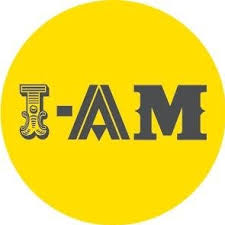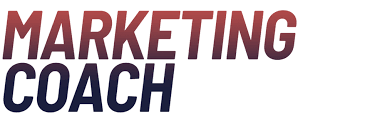Positive Potentialities?
 I read a lot of blogs and newsletters by brand planners and it seems we index high for mental discomfort. This is not a quantitative observation, just me projecting. We’re good at reading people and their feelings. It helps us be in touch with our own mental well-being. We are not complainers. In general, we are willing to share our difficulties with others for the greater good. It helps us by not keeping things bottled up, which in turn can help others.
I read a lot of blogs and newsletters by brand planners and it seems we index high for mental discomfort. This is not a quantitative observation, just me projecting. We’re good at reading people and their feelings. It helps us be in touch with our own mental well-being. We are not complainers. In general, we are willing to share our difficulties with others for the greater good. It helps us by not keeping things bottled up, which in turn can help others.
Yesterday, I wrote about shining light when creating brand strategy. Aspire rather than dispire (sic). But sometimes it’s important to look at the full spectrum of attitudes and feelings when brand planning. Knowing consumer anxieties and their depth can help with the light. Small business loans can be stressful. Small business loans for the BIPOC community or the under-banked can be really stressful. It wouldn’t be smart to think that all loan customers are looking to build a dream business with their newfound capital. Some are looking to get out from under. Yet most ads about small business loans focus on the positive potentialities. It can be tone-deafening.
You can still shine light while being real. While understanding the totality of emotions that go into borrowing money. That’s good art. And that’s good brand craft.
Peace.







